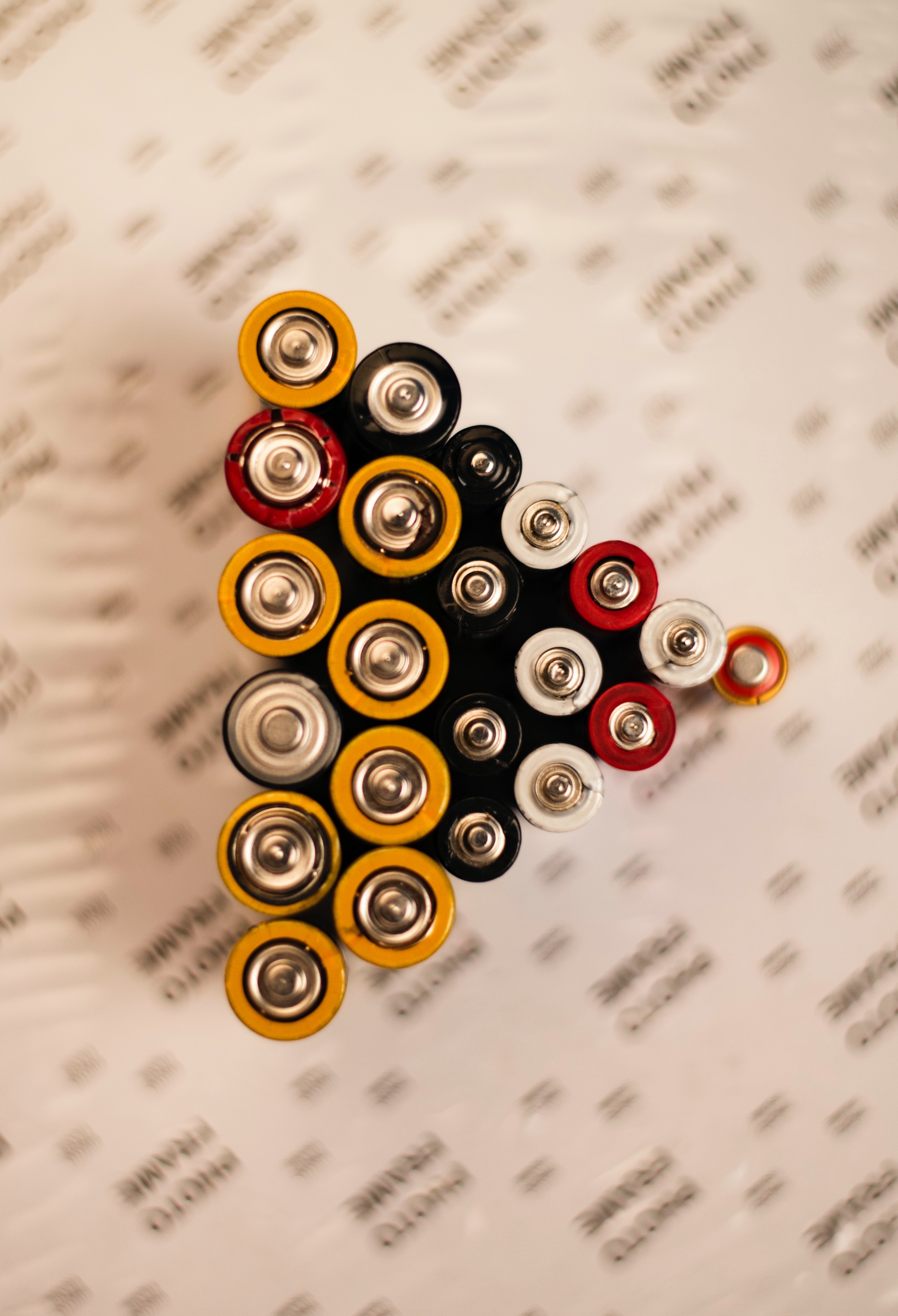创新背景
当电子从可充电电池的一边移动到另一边时,充电会使化学物质恢复到原来的状态,等待下一次使用。不可充电电池就没有这样的运气了,一旦耗尽,它们的化学成分就无法恢复。
创新过程
由斯坦福大学化学教授戴洪杰和博士生朱冠洲带领的研究团队开发的这种新型碱金属-氯电池,依靠氯化钠(Na/Cl2)或氯化锂(Li/Cl2)转化为氯的往复化学转化。
事实上,戴和朱根本没有打算创造可充电的钠和锂氯电池,而只是利用亚硫酰氯改进现有的电池技术。这种化学物质是锂亚硫酰氯电池的主要成分之一,锂亚硫酰氯电池是一种流行的一次性电池,最早发明于20世纪70年代。但在他们早期的一项涉及氯和氯化钠的实验中,斯坦福大学的研究人员注意到,一种化学物质向另一种化学物质的转化以某种方式稳定下来,从而产生了某种可充电性。

在接下来的几年里,该团队阐明了可逆化学过程,并通过对电池正极的多种不同材料进行实验,寻求使其更高效的方法。来自台湾国立中正大学的李元耀教授和他的学生台鸿春教授使用一种先进的多孔碳材料制成电极,这是一个重大突破。这种碳材料具有纳米球体结构,充满了许多超微小的孔隙。实际上,这些空心球体就像海绵一样,吸收大量的氯分子,并将它们储存在微孔中,以备日后转化为盐。

当电池充电时,氯分子会被困在碳纳米球的微小孔隙中并受到保护,当电池需要排水或放电时,将电池放电,并将氯转化为氯化钠(食盐),并多次重复这个过程。目前可以循环200次,还有改进的空间。
结果是朝着电池设计的黄铜环——高能量密度迈出了一步。到目前为止,研究人员已经实现了每克正极材料1200毫安小时,而今天的商用锂离子电池的容量高达每克200毫安小时。新型电池产能至少是它的六倍。
创新价值
研究人员设想,他们的电池可以在不需要频繁充电的情况下使用,比如卫星或远程传感器。许多其他用途的卫星现在漂浮在轨道上,由于电池耗尽而过时。未来配备了长寿命可充电电池的卫星可能会配备太阳能充电器,使其用途扩大许多倍。
不过现在,他们开发的工作原型可能仍然适用于小型日常电子产品,如助听器或遥控器。
创新关键点
当电池充电时,氯分子会被困在碳纳米球的微小孔隙中并受到保护,当电池需要排水或放电时,将电池放电,并将氯转化为氯化钠(食盐),并多次重复这个过程。
Innovative development of a new type of rechargeable alkali metal chlorine battery can store six times the charge
The new alkali-metal-chlorine battery, developed by a team led by Stanford chemistry professor Hongjie Dai and doctoral student Guanzhou Zhu, relies on a reciprocating chemical conversion of sodium chloride (Na/Cl2) or lithium chloride (Li/Cl2) to chlorine.
In fact, Dai and Zhu did not set out to create rechargeable sodium and lithium chloride batteries at all, but merely to improve on existing battery technology using thionyl chloride. The chemical is one of the main components of lithium thionyl chloride batteries, a popular disposable battery first invented in the 1970s. But in one of their earlier experiments involving chlorine and sodium chloride, the Stanford researchers noticed that the conversion of one chemical to the other somehow stabilized, resulting in a certain rechargeability.
Over the next few years, the team elucidated the reversible chemical process and sought ways to make it more efficient by experimenting with a number of different materials for the battery's positive terminals. In a major breakthrough, Professor Li Yuan-yao and his student Professor Tai Hongchun from Chung Ching University in Hong Kong used an advanced porous carbon material to make electrodes. The carbon material has a nanosphere structure filled with many ultra-small pores. In effect, the hollow spheres act like sponges, absorbing large amounts of chlorine molecules and storing them in micropores for later conversion into salt.
When the battery is charged, the chlorine molecules are trapped and protected in the tiny pores of the carbon nanosphere. When the battery needs to be drained or discharged, the battery is discharged and the chlorine is converted into sodium chloride (table salt), and the process is repeated many times. With 200 cycles at present, there is room for improvement.
The result is a step toward the brass ring of battery design -- high energy density. So far, the researchers have achieved 1,200 mah per gram of cathode material, while today's commercial lithium-ion batteries have capacities of up to 200 mah per gram. The new battery has at least six times that capacity.
智能推荐
新材料 | 使用无溶剂工艺绿色合成超分子聚合物
2022-09-22通过使用无溶剂超分子聚合物合成生产结晶超分子纤维,开发环保绿色的方法使聚合物生产更具可持续性。
涉及学科涉及领域研究方向新材料 | 新型吸湿材料可减少防护服的热应激
2022-09-30创新利用蒸发冷却原理开发可控制防护服中微环境中的湿度水平的超吸湿性复合膜来,有效处理防护服的热应激。
涉及学科涉及领域研究方向新材料 | 将甘蔗创新渣制成塑料替代品
2022-06-30利用细菌或其他植物纤维和甘蔗渣相结合,废物利用生产可降解的塑料代替品。
涉及学科涉及领域研究方向新材料 | 原子级超薄材料有望提高光电技术使用效率
2022-06-29采用原子结构排列创造超薄晶格,改进半导体芯片在光电技术中的使用效率。
涉及学科涉及领域研究方向